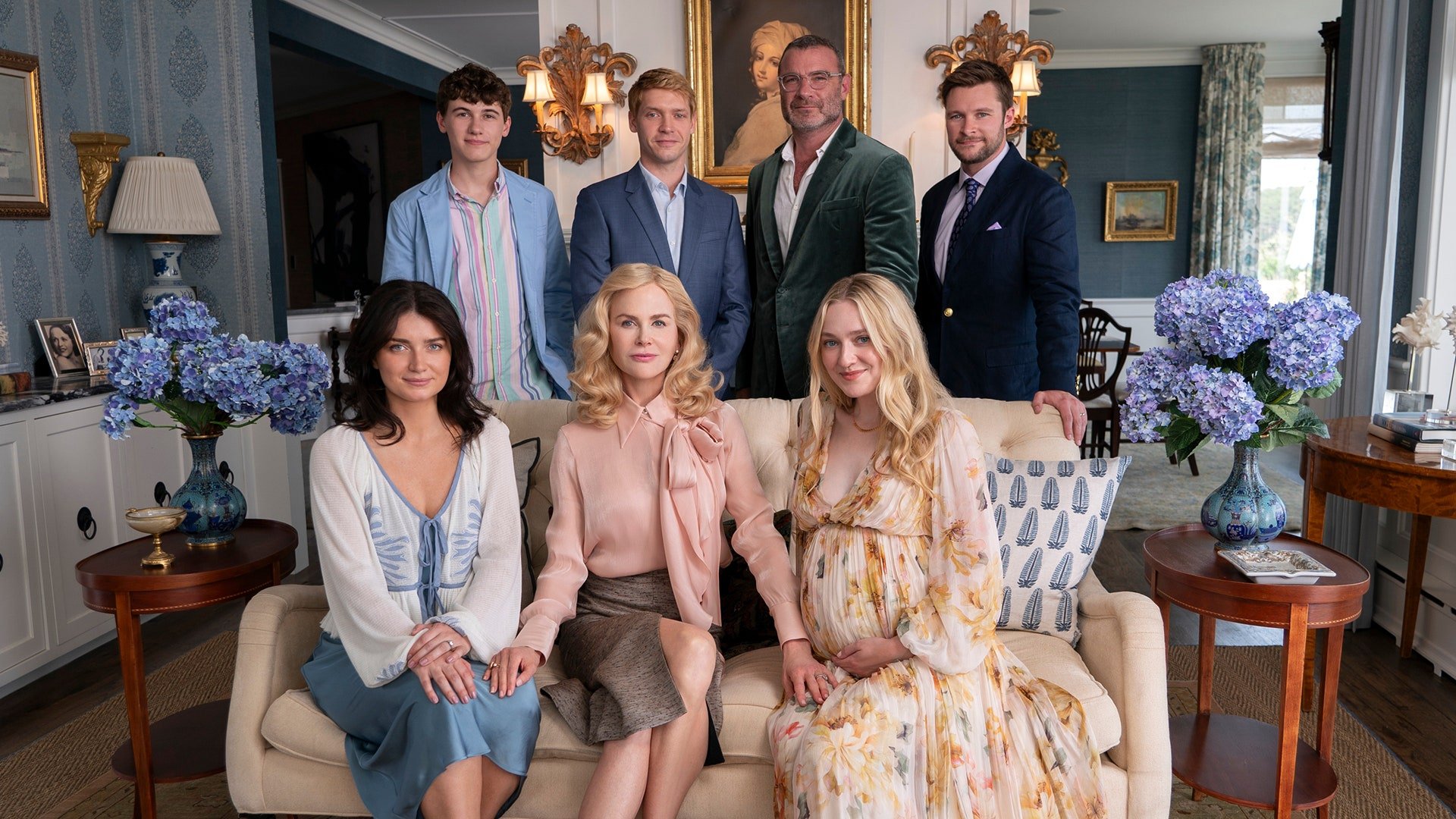
Much like fine art, the merit of highly-viewed television shows is subjective to the viewer. Netflix’s new addition to the trend of caper-style tv shows about wealthy people who hang out somewhere opulent is The Perfect Couple, which is currently the most viewed show on the streaming service. It’s a hate-to-love or love-to-hate kind of watch, as most of the script seems written by aliens who are making their best guess at what human interaction sounds like, but it also boasts big talent on its credits like Nicole Kidman, Liev Schreiber, and, to the surprise and delight of many film nerds, Isabelle Adjani. One thing is certain: many people are watching it.
Thus, many viewers also incidentally engaged with a John Singer Sargent painting—in a sense. The show is centered around Amelia and Benji (Eve Hewson and Billy Howle), a couple who are getting married on the island of Nantucket. Benji is a hobbyist painter, and on the eve of their wedding day (unless something were to go horribly awry—no spoilers), he presents his betrothed with a portrait of herself in placid blue hues, set against a background of lilies, roses, and paper lanterns.
The portrait of Amelia (Eve Hewson), seen in The Perfect Couple (2024). Photo: Screenshot
The piece looks an awful lot like John Singer Sargent’s famous oil painting Carnations, Lily, Lily, Rose, which was created 1885–86 and hangs in the Tate Britain. The paper lanterns handled by the two young girls in Sargent’s painting—the children of painter Frederick Barnard—find their way into Benji’s portrait, as does the backdrop of dreamy flora, inspired by the time Sargent spent in the Cotswolds.
The painting has seen a bit of a resurgence in popularity as of late, as it was cited as a direct inspiration for the recent “nap dress” trend, and remains one of the Singer Sargent’s most beloved works.
Carnation, Lily, Lily, Rose 1885-1886, John Singer Sargent 1856-1925 Presented by the Trustees of the Chantrey Bequest 1887. Via Wikimedia Commons.
The show doesn’t mention any homage to Sargent, but the painting made for the show bares an undeniable likeness to Carnations, Lily, Lily, Rose. “I look so regal, or something!” the character Amelia chirps, which makes sense, given Sargent’s status as the bad-boy portraitist of European high society.
While others may be watching the show for hints as to the murderer in the midst of a wedding party, our eyes are on Benji’s emerging (and only slightly derivative) art practice. Happy watching.
As Seen On explores the paintings and sculptures that have made it to the big and small screens—from a Bond villain’s heisted canvas to the Sopranos’ taste for Renaissance artworks. More than just set decor, these visual works play pivotal roles in on-screen narratives, when not stealing the show.